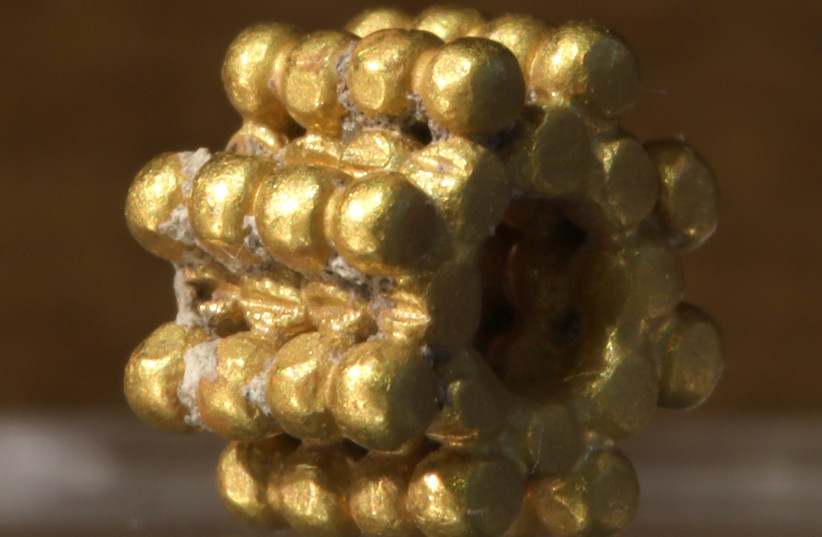 Niemcy przesiedleni z Pomorza i Prus Wschodnich w Berlinie, rok 1945 (Fot. domena publiczna / Bundesarchiv)
Niemcy przesiedleni z Pomorza i Prus Wschodnich w Berlinie, rok 1945 (Fot. domena publiczna / Bundesarchiv)
 “Ich matki, nasi ojcowie”. W 1945 r. Niemcy musieli zniknąć, by zrobić miejsce kresowiakom. Co się z nimi stało?
“Ich matki, nasi ojcowie”. W 1945 r. Niemcy musieli zniknąć, by zrobić miejsce kresowiakom. Co się z nimi stało?
Joanna Banaś
W roku 75. rocznicy zakończenia wojny i wielkiej fali przesiedleń Polaków z Kresów Wschodnich na Ziemie Odzyskane książka Piotra Pytlakowskiego pokazuje niewygodny dla nas rewers tej historii
“Ich matki, nasi ojcowie. Niewygodna historia powojennej Polski”
Piotr Pytlakowski
Rebis
Między lutym a listopadem 1945 r. z Aleksandrowa Kujawskiego wyparowała setka lokalnych Niemców. Został po nich dobytek. Nie uciekali, bo uważali, że nic złego Polakom nie zrobili. Ale ci byli innego zdania, bo stworzyli dla nich miniobóz zagłady w miejscowym młynie. Pamięć o tym bestialstwie zaczęła wracać dopiero po kilkudziesięciu latach od zakończenia wojny za sprawą reportażu Piotra Pytlakowskiego „Naprzykrzyło się grzebać” opublikowanego w „Polityce” w 2001 r. IPN potwierdził zbrodnię na Niemcach, ale nie znaleziono ani miejsca ich pochówku, ani winnych, ani odpowiedniej klasyfikacji prawnej dla ich czynu. Sprawa została umorzona.
W roku 75. rocznicy zakończenia wojny i wielkiej fali przesiedleń Polaków z Kresów Wschodnich na Ziemie Odzyskane książka Pytlakowskiego pokazuje niewygodny dla nas rewers tej historii: co stało się z tymi, którzy musieli zniknąć, by zrobić miejsce kresowiakom. Bo o ile trudno sobie wyobrazić, żeby na tych ziemiach pozostali ich dotychczasowi mieszkańcy, to na pewno nasze sumienie powinien obciążać sposób, w jaki ich przepędziliśmy. Gwałty, tortury, morderstwa, rabunki – tego nie robili tylko żołnierze Armii Czerwonej, jak chętnie sądzilibyśmy. Sprawcami tych zbrodni byli Polacy. Genialny tytuł książki uderza jeszcze celniej, przypominając, że to zło czynili zwycięzcy w stosunku do dzieci i żon pokonanych.
Książka składa się w dużej mierze z wypowiedzi świadków i ofiar tamtych wydarzeń. Chwała autorowi, że zdołał te rozmowy przeprowadzić. Ich zapis jest najlepszym świadectwem prawdy, jakby ona nie była niewygodna.

Zawartość publikowanych artykułów i materiałów nie reprezentuje poglądów ani opinii Reunion’68,
ani też webmastera Blogu Reunion’68, chyba ze jest to wyraźnie zaznaczone.
Twoje uwagi, linki, własne artykuły lub wiadomości prześlij na adres:
webmaster@reunion68.com



